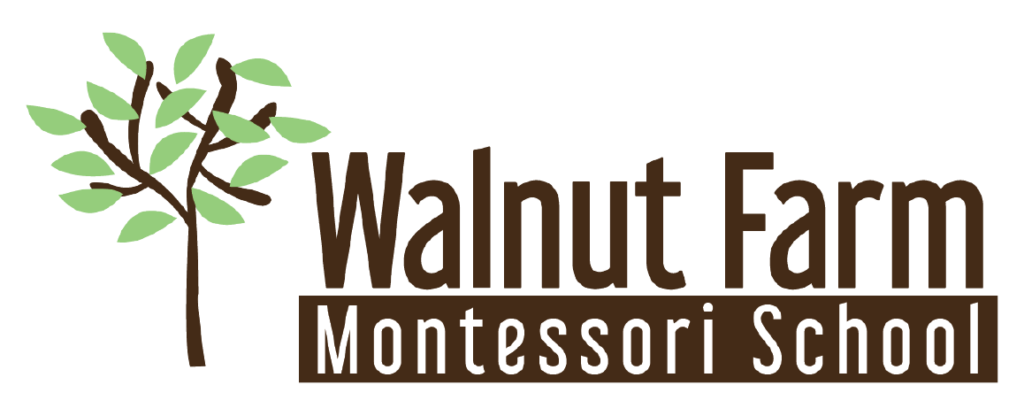Practical Life in the Upper Elementary Classroom
Upper Elementary children have a strong desire to use their knowledge and abilities in meaningful ways both in and outside of the classroom. That is why it is so important to provide an array of experiences that will utilize children’s learning at home, school, and on field trips or vacations. “Going out” is a pivotal experience of the entire elementary curriculum but takes on a bigger importance in Upper Elementary. Montessori said “When the child goes out, it is the world itself that offers itself to him. Let us take the child out to show him real things instead of making objects which represent ideas and closing them up in cupboards.”
Upper elementary students also practice important life skills each day in the classroom. The children take turns calling the office to report our daily attendance. In doing so they are demonstrating grace and courtesy in making a call, greeting the person on the phone, and ending the call with kindness. Students also care for plants and animals, read with younger children on a rotating weekly basis, and make their own ideas realities for research projects and interest-based trip planning.
Practical life also takes on a different flavor in upper elementary. Students in lower elementary use the skills from primary in application of caring for the environment. In upper elementary they continue this practice, expanding to include new interests and new capabilities. This year our students are enjoying a great deal of cooking and food preparation work. I have seen the pride in these students when they present the class with prepared food from a that they have chosen, perhaps one they’ve even made in the past, and watch the community tasting their creation.
We try to make it possible for parents to see glimpses of the children’s day in a handful of ways. One meaningful process is the weekly check-in. Every Friday, children evaluate their own week based on a chart of which follow-up work was expected of them that week. The students also evaluate their habits of mind, ranking their ability to stay on task, keep conversations at a respectful level, walk in the classroom, and more. This form is sent home weekly so that parents can also be up to date not only on how a child sees his or her week, but also which lessons exactly we are working on! Sometimes it can be hard to decipher, and sometimes it can be hard to get that information from a child just by asking how their day was, or what work they did. Referring to that check-in sheet allows parents to ask specific questions! Aside from check-ins, we also ask students to select their best works from the week and to add them to their portfolios. Children feel quite proud of these works, and parents get the lovely opportunity to look over them together at the end of each month.
There are so many ways that families can incorporate or expand upon some of these practices at home. In fact, when any person brings up the question of homework, my first response is usually to ask about how the chores are going at home. We all must learn to do some things in the home that we are not passionate about (dishes, laundry, taking out the trash…), and the kids often show complete follow through with these tasks while at school. This surprises some parents who struggle to get their children to follow through with simple chores in the home. Continuing to have high expectations in the work of the home is one way to support the kind of determination and focus that we see them expressing in areas of interest! On top of that, decide if there is room for expectations that also bring joy, foster independence, support your family’s goals of spending time together, and can be accomplished successfully. If so, consider the following suggestions for “homework” this semester!
- Have your child plan a day trip one weekend
- Teach your child how to make an appointment by phone for an upcoming dental cleaning or haircut
- Ask your child to prepare a side dish, salad, dessert, or entree for a lunch or dinner
- If your child brings a lunch, time to start packing it him/herself
- Do seasonally appropriate projects to help nature- bird feeders, birdbaths, etc.
- Have your child sign up for a bank account. Provide opportunities for your child to earn and save money in the account.
- Have your child sign up for a library card. Suggest that your child take advantage of the many amazing resources of our public libraries.
- Prepare for vacations by researching the biomes of the areas you are visiting beforehand
- Show your own curiosity and continued learning by taking a class or workshop together
- Learn a song and/or dance to teach or show to our class
- Let your child teach you about something new in technology- photography interests, an app that may be useful, a stop-motion video maker, etc.
- Work together on a family newsletter. Your child can interview family members!
- Learn to play a new game
Really, the opportunities to connect to the main principles of what your children do at school are limitless. The goal is to support their interests, provide opportunities for the children to show their capabilities, and look for practical application of these capabilities.

